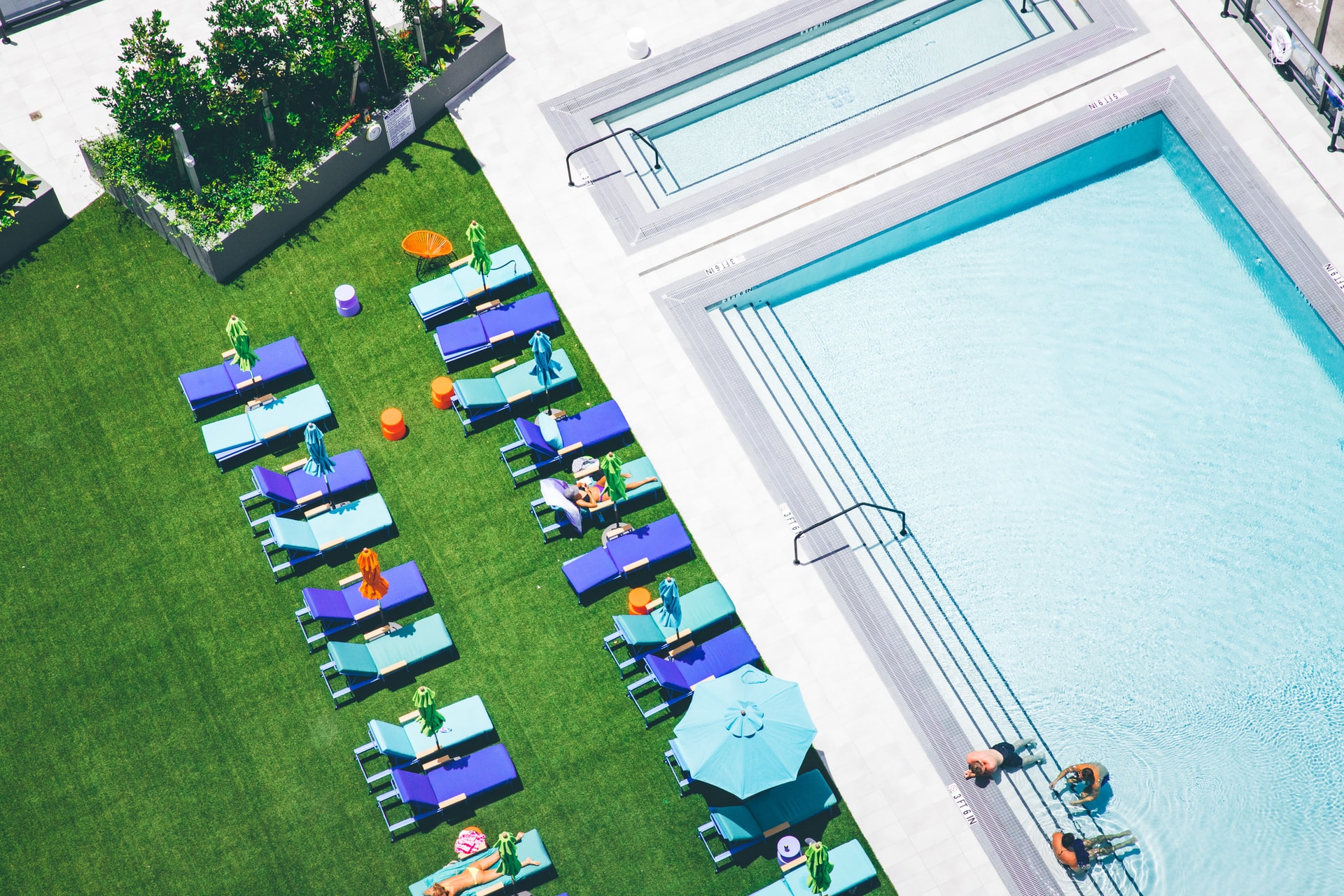
It’s been a tough year for Florida gardeners. Despite some perfect weather, 2020 lockdowns made it impossible to venture out to get gardening supplies. Now, with lockdowns easing and access to vaccines for all, we aren’t allowed to get them, thanks to the Florida fertilizer ban in place.
Then came winter – one of the longest and coldest winters that I can remember since I started gardening. My “winter” garden is usually bountiful because temperatures rarely dip down long enough to leave a flush of frost. Not the winter of ’20/’21, though, when it dipped below 40°F not just once or twice, but repeatedly, from early December through March, and for hours on end.
Then came the drought. While spring in Florida always brings dry weather, it seemed particularly egregious this year after watching my tropical plants frozen to the roots time and time again.
RELATED READ: When to Fertilize for Your Southern Lawn Care Schedule
After a harsh winter and a parched spring, every Florida garden seems to need a good feed right now. However, if you didn’t manage to squeak it in during the one time it rained in May, you may find you won’t be able to feed your lawn or garden until October. So, how do you get around the Florida fertilizer ban? How do you bring your lawn back to its former glory?
Why We Have a Florida Fertilizer Ban
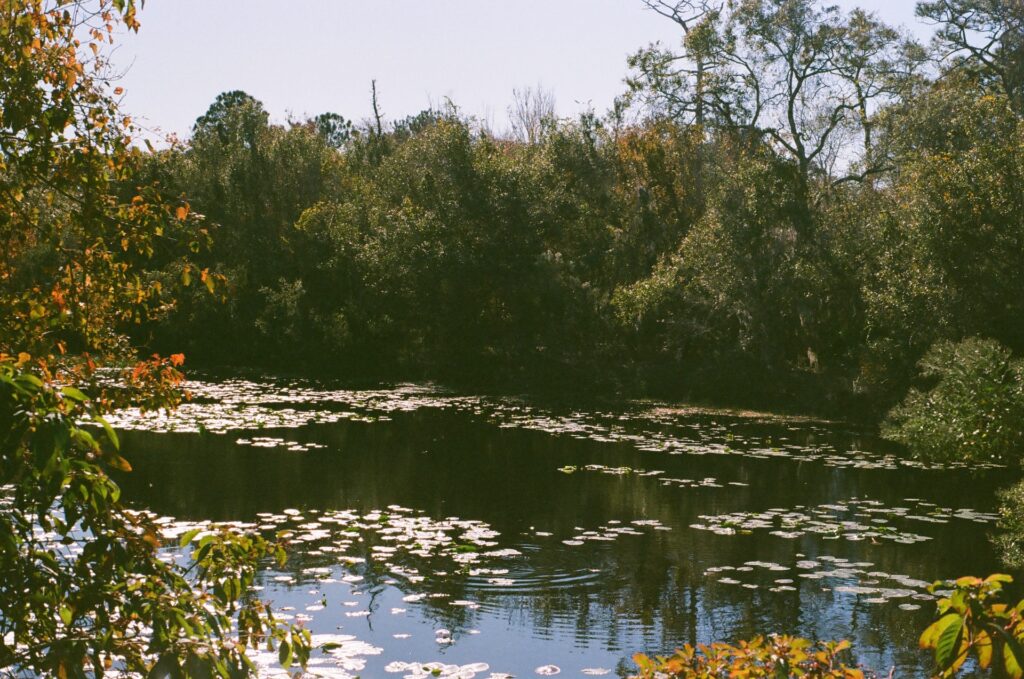
In the last decade, the State of Florida has encouraged residents to refrain from using fertilizers containing nitrogen and phosphorus during our annual rainy summer season. The frequent appearance of red tides, algae blooms, fish die-offs, and decimated aquatic habitats has led to restrictions.
Excess nitrogen and phosphorus have no trouble finding their way into our many waterways. These excess nutrients can lead to eutrophication, the explosive growth of free-floating algae. This excess growth blocks necessary sunlight, killing other plants, and depriving freshwater wildlife of oxygen.
Then, once the nutrients run out, the algae die off, increasing the levels of bacteria in the water, and further depleting oxygen. This creates “dead zones” in the water that can last for years.
Not only are these algae blooms bad for wildlife, they can also make our fresh water supply toxic to humans and pets. When fertilizer runoff causes large blue-green algae blooms, it can result in large levels of cyanotoxins, which can cause organ damage in humans.
It’s gotten so severe that low-lying coastal areas, like Pinellas County, are cautioning residents to not even allow grass clippings to fall into stormwater drains.
Between toxic phosphate factories causing evacuations and a record number of dead manatees, it has not been a good year for Florida waterways.
And it’s only the middle of June.
So, How to Get Around the Florida Fertilizer Ban?
I had completely forgotten about the fertilizer ban until I saw a message in one of my local gardening Facebook groups about it. I normally don’t use lawn fertilizer, but this year I decided to get some 6-6-6 to help my beloved St. Augustine Seville turf recover from the hard winter. I hadn’t gotten around to applying it since the weather warmed up, though.
Several individuals on the group were relaying where an unscrupulous person could still buy fertilizer, which counties were less restrictive, and where it could be had online.
But the truth is, you don’t get around Florida fertilizer ban.
And the good news is that you don’t really need to.
Let’s Get the Lecture Over With

Successful gardening is all about planning and patience.
(At least, that’s what I’m told by my favorite horticulturist and garden designer.)
A healthy and sustainable garden requires forward-thinking and patience with the natural processes of the garden. You just don’t rush Mother Nature. And you won’t get the best from her unless you plan ahead to meet her somewhat unpredictable nature.
So, next year, plan to buy a slow-release fertilizer and apply it in May.
Then, be patient for October.
The Upside to the Florida Fertilizer Ban
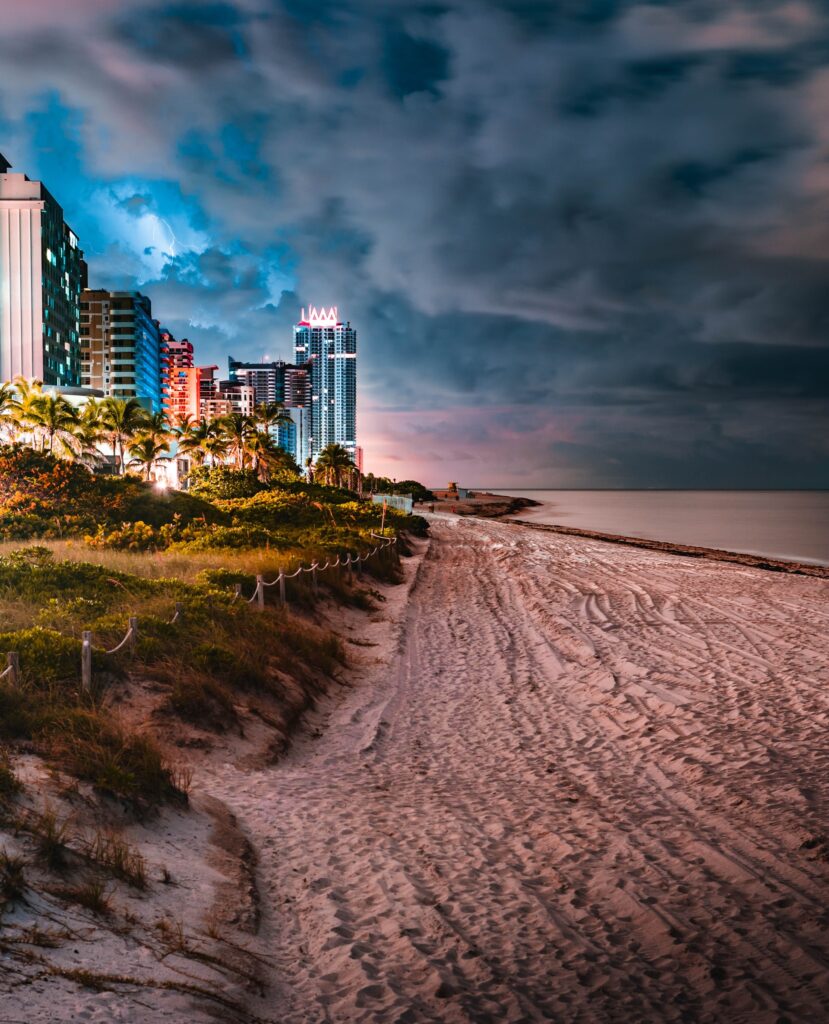
With all this rain and all these thunderstorms, your lawn isn’t likely to need any fertilizer anyway. Especially if you’ve been taking care of the soil the rest of the year.
And if you’re worried about your summer vegetable garden, all I can ask is which turnip truck you fell off of when you landed in Florida.
Because there is no such thing as a “summer vegetable garden” in Florida.
Oh, there may still be a few stoic specimens alive from the spring planting, but the only vegetables you can plant in the summer in Florida are some legumes, and they don’t need your stinking nitrogen. Almost everything you can grow in the summer here should have been planted last month.
Instead, it’s time to give the veg patch a break. Toss in some cowpeas or grow a green manure, and give it a rest.
I’m going to put a couple of my veg beds on a well-earned “bed rest” when I can find a few cool hours of the day. I’ll write about it here, and you can see how I do it and whether it makes a difference come September.
So, take a break, stay out of that heat, and let nature do its Summer Thang™.
Societal Pressures vs. Sustainable Practices
If you just have to have an emerald-green lawn because you’re hosting the family reunion barbecue or have an HOA breathing down your neck, there are a few alternatives to standard fertilizers.
1. While most lawns aren’t deficient in magnesium, a well-worn tip to green up a lawn fast is to use Epsom salts, magnesium sulfate, in a sprayer. It can improve the uptake of nutrients that are already in your soil, so you won’t have to add more.
2. Buy fertilizer without nitrogen and phosphorus. You can still do your landscape a lot of good by providing potassium (which is not restricted) and key micronutrients like iron and manganese.

3. Instead of worrying about buying fertilizer, make your own by mowing your lawn frequently and using a mulching blade. All those clippings you can’t hose down the storm drain are better used for composting in place in your soil. Frequent mowing means shorter cuts, which break down more easily in the soil.
4. Take up fishing! Who needs expensive fish emulsion fertilizer when you have over 8,000 miles of coastline to play with! Fish guts, bones, scales, and seaweed all make excellent fertilizer for your garden.
Last … and Certainly Least
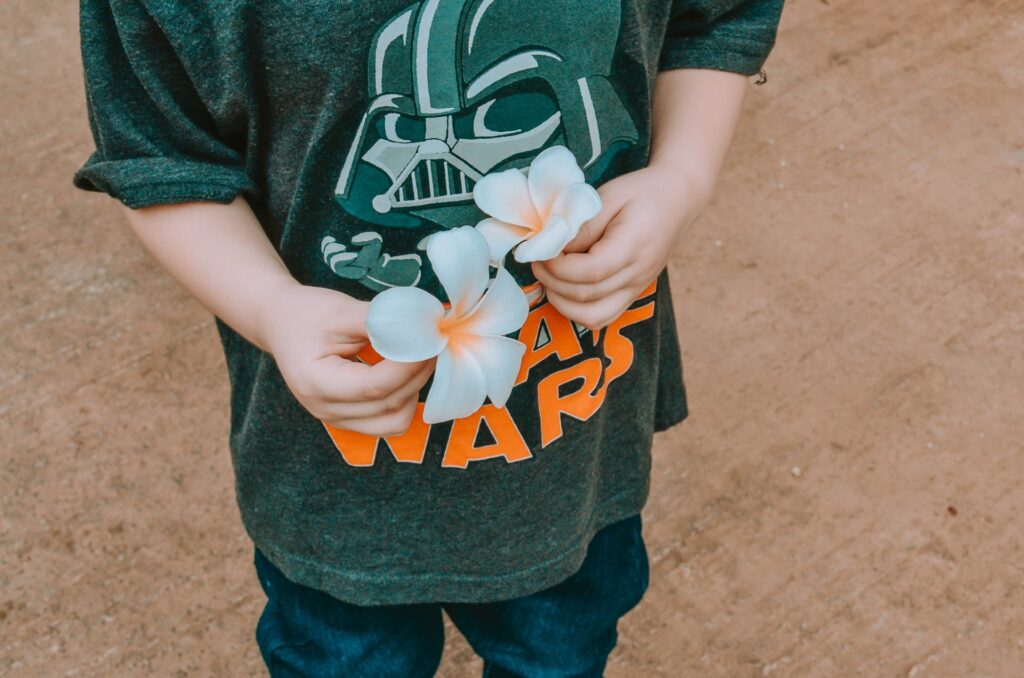
If you just can’t stand the idea of going the whole summer without fertilizing your prized plumeria, well, you can always pee on it.
That’s right – even the State of Florida can’t tell you that you’re not allowed to take a tinkle in the bushes. Urine is full of nitrogen, and if you add some wood ash from your summer bonfire, you’ll have perfect tomato food, according to Scientific American.
After all – it’s organic. Just make sure you dilute it with at least 10 parts water first, and please, watch your aim. You still need to make sure it doesn’t end up in the watershed.
There’s an App for That!
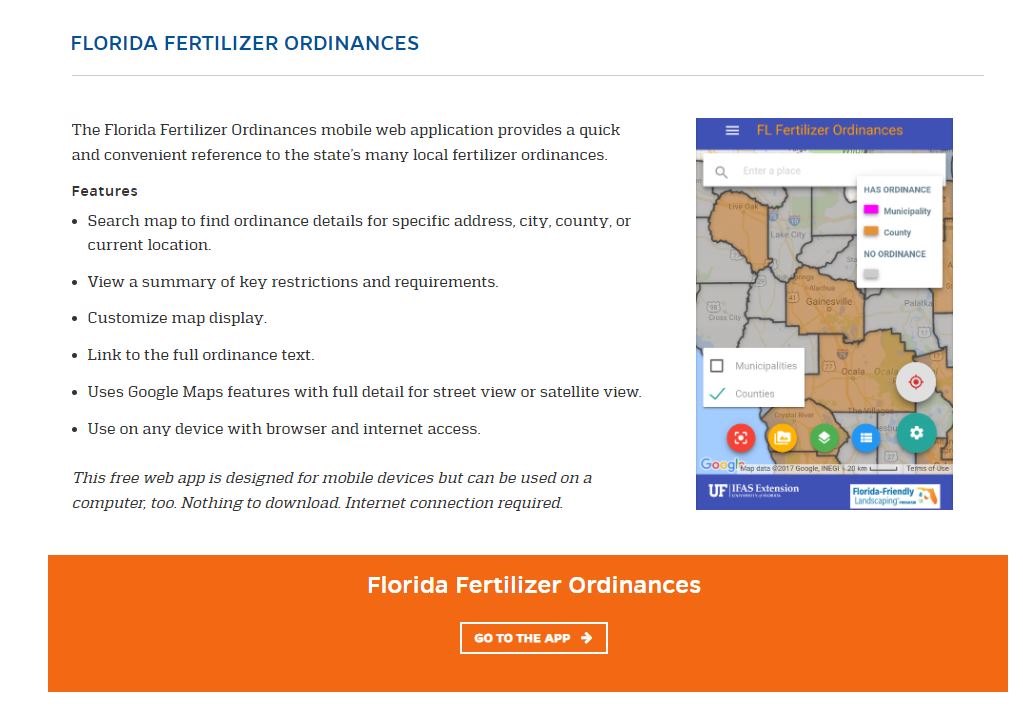
So, if you’re sure you live in Florida but not sure you’re in a county or city with a Florida fertilizer ban in force, you can check the University of Florida web app. Along with an easy-to-use map of ordinances and restrictions, they also have very cool apps for finding the right plants for your zip code, designing and creating a butterfly garden, and a guide to toxic plants.
While it may seem unfair and inconvenient, the Florida fertilizer ban might just lead you to more sustainable gardening practices — like obsessive composting. It could even lead to a new hobby! (Fishing, not peeing in bushes!) If you’re out fishing, you won’t be fussing over tomatoes that won’t make it to the Fourth of July.
And these are all good things!
~ Happy planting!



